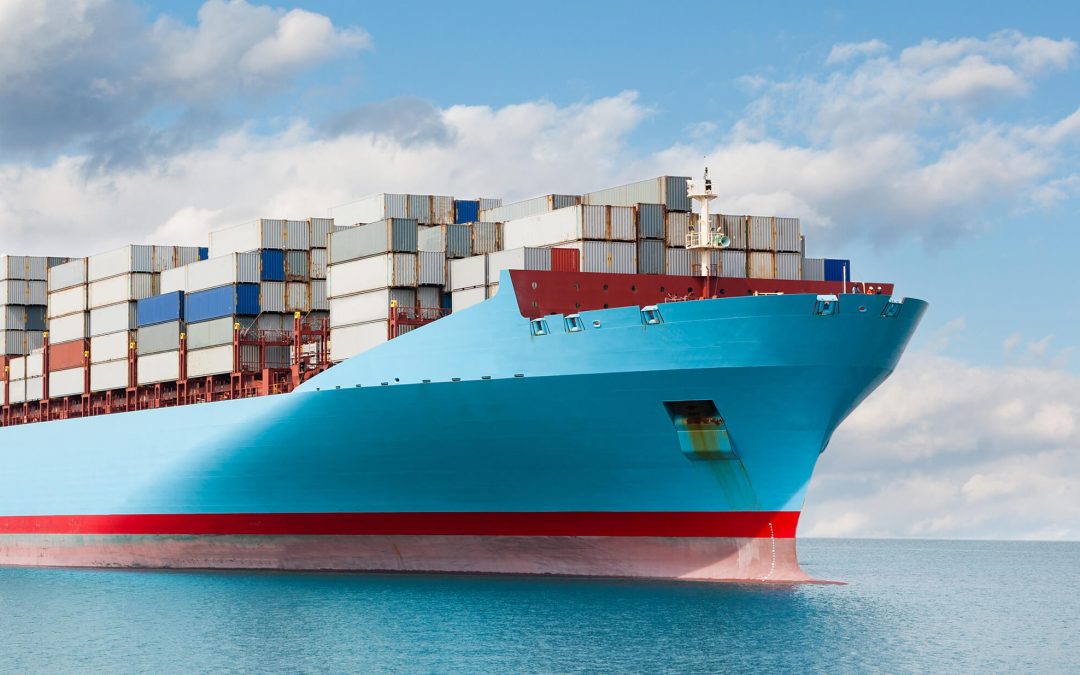Voyage charter Party is an extremely important document in sea freight when businesses want to hire a shipping line, in which the carrier undertakes to carry the goods from one port to deliver the goods to the consignee at another port, and the charterer undertakes to pay the freight. Let’s learn about the Voyage charter Party and the regulations of this.
What is the Voyage Charter Party
A voyage charter party (C/P) is a legal agreement that commits the ship owner or carrier to transport goods from one port to another port and deliver them to the consignee. The charterer commits to pay the freight at the price that both parties have agreed upon. C/P is signed when the charterer has a large volume of cargo to be transported such as: petroleum, coal, ore, grain, cement, fertilizer, iron, steel, etc.

Chartering is challenging, as a result, charterers frequently entrust chartering to brokers, which are forwarder firms and agents of shipping lines. Normally, C/P is prepared in accordance with the forms offered by some marine organizations, such as Gencon, Centracon, Baltime, etc.
Contents of the Voyage Charter Party (C/P)
The parties
- Shipping line: the shipping line with the ship owner can be one, or if the shipping line does not have a ship, they hire the ship owner’s ship to do transport business for 10 years, 20 years,…
- Charterer: The charterer can be an exporter or an importer.
- Broker: freight broker.
Regulation on loading time
. However, the charterer tends to insist that the ship arrive on time, and the shipping company prefers that the ship arrive at the port for loading at a more flexible time.
In some cases, the charterer needs to send the goods urgently / very urgently and the ship is ready, the two parties can make a special agreement such as:
- Prompt: the ship will arrive at the port of loading in a few days after signing the contract.
- Promptismo: the ship will arrive at the port of loading on the day of signing the contract.
- Spot prompt: the ship will arrive at the loading port a few hours after signing the contract.
Under some regulations, the charterer is not compelled to deliver the commodities if the vessel arrives before the designated loading time. If the charterer begins to deliver the goods at the early arrival of the ship. Then the delivery time will start to be counted. If the ship arrives and has no goods to deliver, the number of days the ship has to wait will be counted in the delivery time.
Some shippers will agree on a contract cancellation date and reserve the right to do so in order to safeguard their interests if the ship does not arrive to load on that day due to the fact that the cost of port storage falls on the owner of the goods. In fact, shippers really need ships, so they will be flexible to negotiate on a case-by-case basis.
Regulation on port of loading/port of discharge
Depending on the purpose of risk reduction, the type of vessel (ship’s tonnage), loading/unloading practices of the shipping line, topography, channels and facilities of the port system of the exporting/importing country. The two parties will agree that the port of loading / unloading port is a port to determine the cluster can be one of the ports in the specified port cluster.
- If the regulation is a single port, both parties write loading port (name of loading port) and discharging port (name of unloading port).
- If the regulation is a cluster of loading / unloading ports, the two sides write: range of loading port (name of loading port cluster) and range of discharging port (name of unloading port cluster).

The failure to specify the exact name of the port of loading or unloading and instead simply identifying the port area or cluster will put both parties at risk owing to the extra expenses (inland transportation costs for shippers or transportation costs) as a result of the exact location of the loading and unloading port outside of the plan.
Regulation on goods
The names of the goods, the kind of packaging, and the qualities must all be expressly stated by the two parties. Shipper sending two different sorts of commodities on the same boat should pay attention to note or avoid disputes later.
Depending on the features of the product, you can hire a shipping line to carry the quantity of products either by weight or volume. In most cases, it is uncommon to provide an exact quantity of goods transported. The charterer is responsible for loading the full amount of the notified cargo. If the delivery and loading on board is less than the specified quantity, the carrier will collect dead freight. Conversely, if the carrier does not receive the full quantity, the charterer is entitled to claim compensation for costs related to the abandonment of the cargo by the ship.
Regulation on freight charges and payment
Currently, there are two ways to calculate the fee as follows:
- Carry as much as you can (in the case that ships are not fully loaded with cargo); the number of charge bases may correspond to the amount at either the port of departure or the port of arrival. However, applying the quantity at the port of destination will incur an additional cost of re-weighing/counting the goods, so the contract will usually state: “The quantity of the charge basis is the quantity at the port of departure. The charterer must pay an additional 2% of the total freight as a compensation for the shipping line not re-weighing the cargo.”
- In case of full lumpsum subscription: the freight is charged once for the whole ship, as long as the quantity is within the allowable tonnage of the ship.
There are 2 ways to pay the fee/payment time:
- Prepaid = paid at port of loading = Freight Prepaid usually used in the case of the seller chartering the ship. Shipping lines want to minimize risk, so they ask the seller to pay the charter price first before shipping the goods. The seller must complete the payment of freight, the new shipping line will ship the goods and issue the original bill of lading.
- Postpaid = pay at port of discharge = Freight Collect usually applied in the case of the buyer chartering a ship. The shipping company still has control over the goods, so the charterer can owe the freight until the goods arrive at the destination. Prior to the shipping firm releasing the goods, the purchaser must complete the freight payment.


